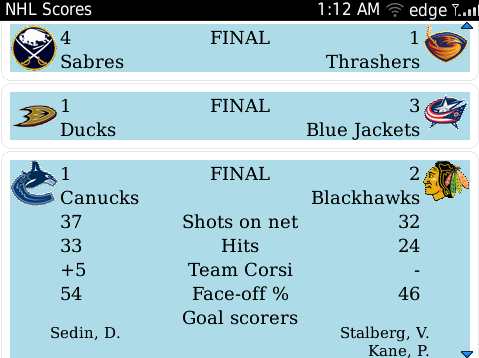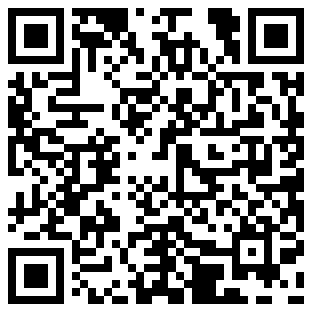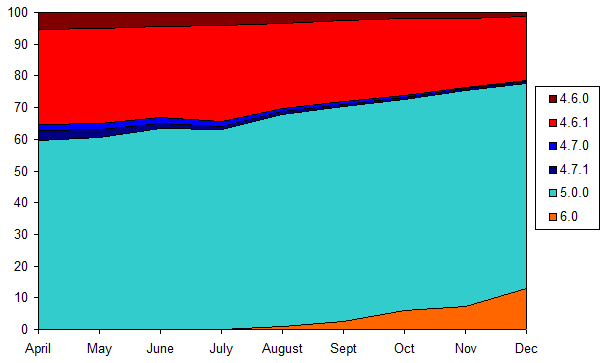Way back in September I declared the BlackBerry Pearl to be dead, and now five months later see no reason to change that assessment. Despite (finally) being launched on AT&T, the market share of the 91xx series remains remarkably small. In the month of December the 9100 and 9105 combine for 0.7% of all downloads of Pixelated, and 1.1% of all downloads of the Hockey Scores application. For both applications this is a smaller percentage then the Nextel branded Curve 8350i, and for Pixelated is tied with the GSM version of the BlackBerry Storm 2. Additionally it is already significantly behind the Bold 9780 which was hardly even released by this time.
The only other BlackBerry model with such a small market is the 9670 Style. Given that it has an identical screen resolution, the BlackBerry Style should really be thought of as a Pearl Flip. In December the Style accounted for 1.1% of Pixelated downloads, and 0.2% of downloads for the Hockey Scores application.
The good news is that it looks as if RIM does not intend to carry on with this unsuccessful form factor. Leaks of RIM’s plans by BGR and CrackBerry in the last few weeks included a variety of devices, but nothing that could be considered to be the next version of the Pearl. As a developer this is now a screen resolution that is not worth spending time supporting for most new applications.






